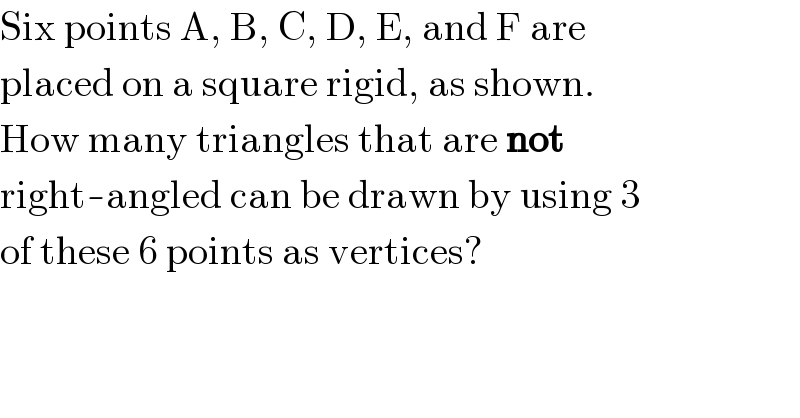Question Number 16940 by Tinkutara last updated on 28/Jun/17

Commented by Tinkutara last updated on 28/Jun/17

Answered by ajfour last updated on 28/Jun/17

Commented by Tinkutara last updated on 28/Jun/17

Commented by ajfour last updated on 28/Jun/17

